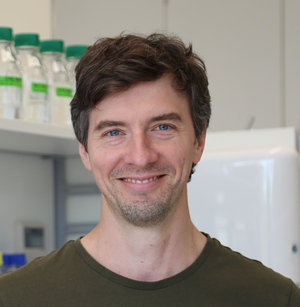
"The photobiochemistry group currently is a medium sized team focusing on diverse aspects of light regulation in enzymatic processes. We combine biochemistry and structural analyses, with an emphasis on integrating mass spectrometry-based methods with crystal structures and functioanl assays. I also try to convey the importance of such integrative structural biology approaches in my teaching assignments, hopefully raising the interest among students to eventually join the colorful, but sometimes also dark, side of the Institute of Biochemistry."
Andreas Winkler / Associate Professor + Group Leader
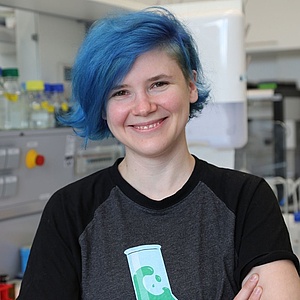
"I'm a phytochrome girl: My work is dedicated to developing a better understanding of these pretty cool red light-sensitive photoreceptors, gaining insights into what makes them tick and why."
Cornelia Böhm / Post-Doc
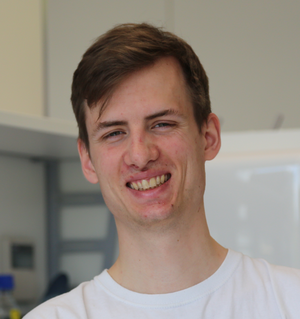
"Welcome to the red light district! In my project we research how bacterial proteins can sense red-light and the subsequent signalling pathways. Another emphasis of the project is the development of optogenetic tools, hence protein arrays who´s activity can be controlled by light for basic research applications."
Oliver Eder / University Project Assistant
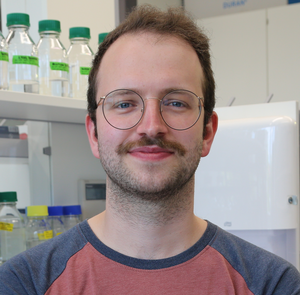
"I am working on dual-sensor diguanylate cyclases. My goal is to unravel the molecular mechanism that facilitates signal transduction in these proteins."
Maximilian Fuchs / University Project Assistant
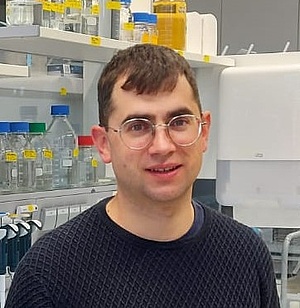
"As a chemical technician I support the Photobiochemistry work group. One of my special tasks within the Institute of Biochemistry is the operation of the mass spectrometer."
Philipp Pelzmann / Laboratory Technician
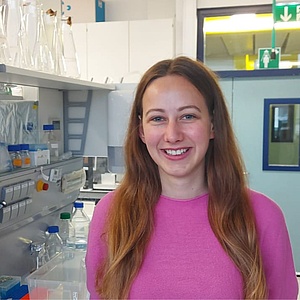
"I am interested in blue-light sensitive enzymes, especially nature’s way of using light to regulate biological processes.
Plus, it’s fun to work on the colorful side of the protein world!"
Julia Schwekendiek / University Assistant